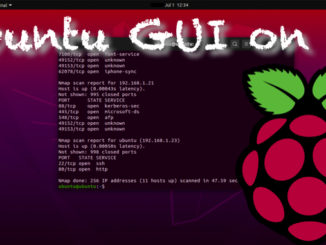
Raspberry Pi – Install Ubuntu Desktop
The standard Ubuntu Desktop works well on a Raspberry Pi 4 with 4GB of RAM. To get the Desktop Environment simply install the Ubuntu Server and then install the Ubuntu-Desktop on to it. Prerequisite Classes: […]

The standard Ubuntu Desktop works well on a Raspberry Pi 4 with 4GB of RAM. To get the Desktop Environment simply install the Ubuntu Server and then install the Ubuntu-Desktop on to it. Prerequisite Classes: […]

You can install Ubuntu very easily on the Raspberry Pi. Ubuntu Server and IoT Core versions come preloaded with the Raspberry Pi Imager Software. Note: Ubuntu Server will automatically start an auto update process when […]

You can use the tool belenaEtcher to create a bootable installation flash drive for Ubuntu. https://www.balena.io/etcher/
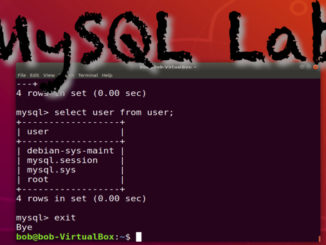
This class will show you how to build a lab for the further MySQL classes. You will use the tasksel app to install the LAMP Stack (Linux, Apache MySQL, PHP) on Ubuntu Desktop 18.04. Note: […]
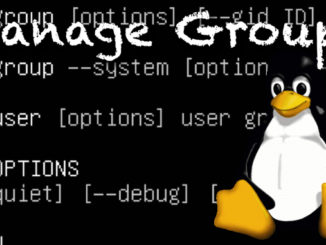
Managing Groups in Linux is relatively simple. It’s important to realize Linux users, groups and permissions are much simpler than in Windows Server. Group Configuration File sudo vim /etc/group – opens Group configuration file in […]
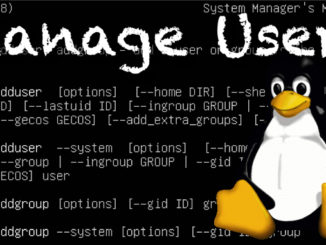
Managing Users on Linux systems is very easy. Add Users sudo adduser username – adds users Additional profile information is not required, but a comment is a good idea. Delete Users sudo deluser username – […]
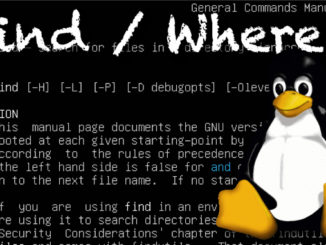
To find files and configurations in Linux you can use the find and whereis commands. Whereis who’s you the folders where data for applications are stored. Find allows you to search for files and folders […]

Installing software on Linux is very easy using the apt-get command. Using sudo apt-get install apache2 your server will download Apache2, and install it without you needing media. Note: Debian distributions of Linux use apt-get […]
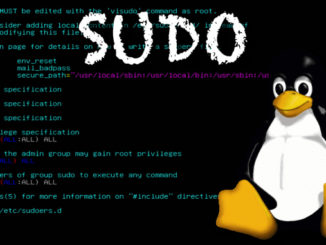
In order to do many tasks you have to escalate your privileges using the “sudo” command. This is like UAC in Windows. The idea is that to make major changes to the OS there is […]

Installing Ubuntu Desktop in VirtualBox gives techs the ability to learn Linux with a GUI. Hardware Requirements In general I would recommend your host computer has 16GB of RAM and an SSD. 8GB of RAM, […]
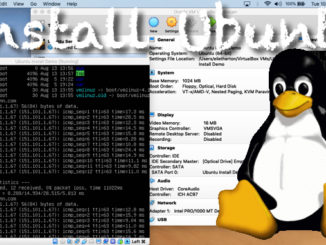
Installing Ubuntu Server into VirtualBox gives you the ability to create a lab environment without needing multiple physical machines. Hardware Requirements In general I would recommend your host computer has 16GB of RAM and an […]